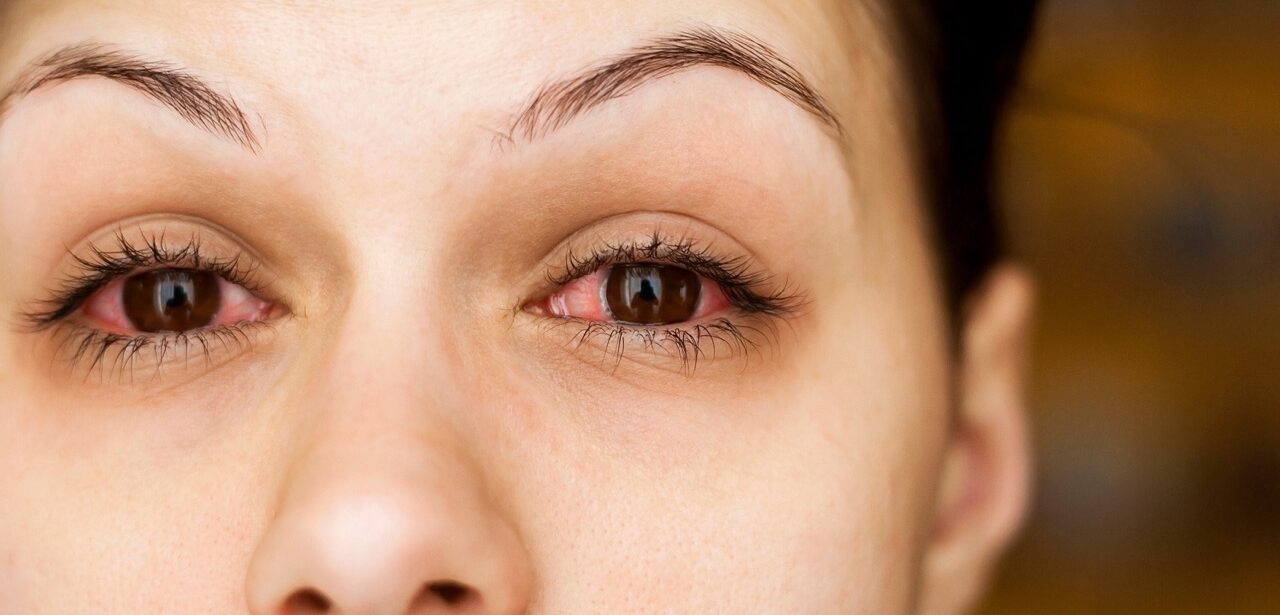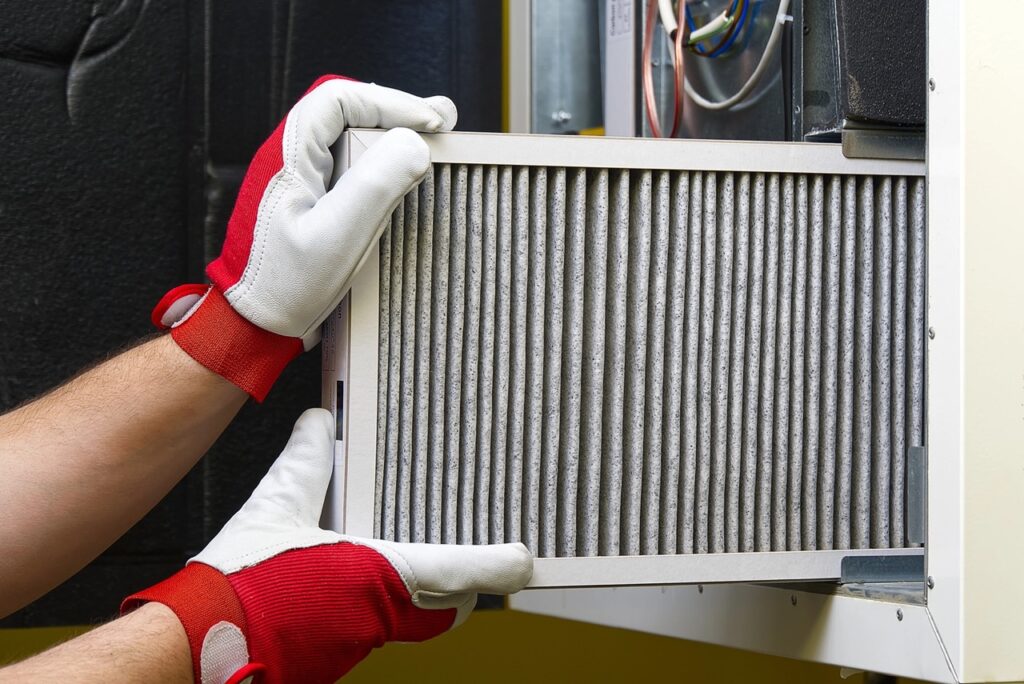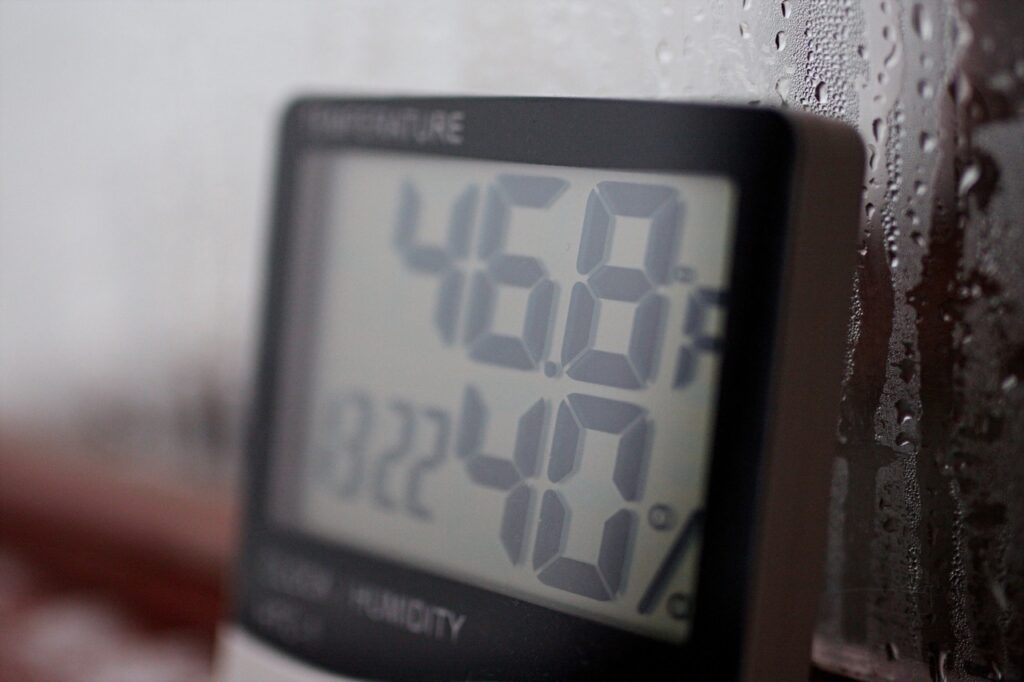January 18, 2025
Winter Allergies: Your Ultimate Guide to Managing Indoor Allergens

At Harker Heights Allergy, we know that winter is a time for cozy evenings and family gatherings—but it’s also a time when indoor allergies can take center stage. While seasonal outdoor allergens fade away, dust mites, mold, pet dander, and other indoor triggers step into the spotlight, leaving many feeling uncomfortable in their own homes.
The good news? With a little knowledge and the right approach, you can take control of your indoor environment and reduce allergy symptoms. We’re here to guide you every step of the way with expert advice and compassionate care. Let’s explore how to tackle winter allergies and create a space that feels safe, comfortable, and allergen-free.
Understanding Winter Allergies
What Are Winter Allergies?
Winter allergies are a type of indoor allergy triggered by allergens commonly found inside homes and buildings. Cold weather can exacerbate indoor allergy symptoms by increasing exposure to allergens. Unlike seasonal allergies that peak in spring and fall due to pollen, winter allergies arise from dust mites, mold, pet dander, and poor indoor air quality. During colder months, windows and doors are often sealed to keep out the chill, reducing ventilation and creating a perfect environment for allergens to thrive.
A common misconception is that winter allergy symptoms are the same as cold symptoms. However, while colds are caused by viruses and typically resolve within a week or two, allergies persist as long as exposure to allergens continues. Recognizing this distinction is key to finding effective relief.
Spotting the Symptoms of Indoor Allergies
Winter allergies can manifest in a variety of ways, often mimicking other illnesses. These allergies can cause various allergic reactions, leading to symptoms such as nasal congestion and itchy eyes. Be on the lookout for:
- Nasal Symptoms: Persistent sneezing, congestion, runny nose, and postnasal drip.
- Eye Symptoms: Itchy, watery, or red eyes that don’t improve with rest.
- Respiratory Symptoms: Chronic coughing, wheezing, or difficulty breathing, especially in those with asthma.
- Skin Symptoms: Dry, itchy skin or hives, particularly in response to contact allergens like dust or pet dander.
- Fatigue: Feeling unusually tired due to disrupted sleep caused by nasal congestion or coughing.

Unique Winter Allergy Challenges
Winter brings unique environmental conditions that can make managing allergies more difficult. As we spend more time indoors to escape the cold, factors like stagnant air, dry heating systems, and overlapping health concerns can exacerbate allergy symptoms. Understanding these challenges is key to creating a comfortable, allergen-free environment and ensuring your winter months are as enjoyable as possible.
- Static Air: Without fresh air circulation, allergens become trapped indoors, increasing exposure.
- Dry Indoor Conditions: Heating systems can dry out mucous membranes, making them more vulnerable to irritation.
- Overlapping Symptoms: Winter allergies often overlap with respiratory conditions like sinus infections or asthma, making diagnosis challenging without professional guidance.
Understanding the signs of winter allergies and how they differ from other seasonal illnesses is the first step toward finding relief. At Harker Heights Allergy, we’re here to help you navigate these symptoms and find the best solutions for your specific needs.
If these symptoms are persistent and occur primarily indoors, it’s a strong indicator that winter allergies, not seasonal colds, are to blame. We work with you to identify your specific triggers and create a personalized plan to help you find relief and reclaim your comfort this winter.
Common Indoor Allergy Triggers
Understanding what’s causing your symptoms is the first step toward relief. At Harker Heights Allergy, we’ve helped countless patients pinpoint their indoor allergy triggers and find relief. Here are the usual suspects we encounter and how they impact your health.
Dust Mites
Dust mites are invisible to the naked eye, but their effects can be felt in every breath. These microscopic creatures thrive in warm, humid environments and are commonly found in bedding, upholstered furniture, and carpets. For many, dust mites are a significant cause of respiratory issues, including sneezing, congestion, and itchy eyes. Reducing their presence can make a big difference in your daily comfort. To effectively kill dust mites, consider washing bedding in hot water and using allergen-resistant covers on pillows and mattresses.
Mold and Mildew
Bathrooms, basements, and other damp areas are perfect breeding grounds for mold and mildew. These fungi release mold spores that can trigger nasal congestion, coughing, and even asthma symptoms in sensitive individuals. In the winter, high indoor humidity and limited ventilation can make mold growth more likely, so staying proactive is key.
Pet Dander
We love our furry friends but spending more time indoors with them during winter increases exposure to pet dander, one of the most common indoor allergens. Dander, which consists of tiny skin flakes shed by animals, can linger in the air and settle on furniture, making it challenging to avoid. Managing dander doesn’t mean saying goodbye to your pet—it’s about finding solutions that work for you and your companion.
Indoor Air Quality
Indoor air can contain pollutants from surprising sources, such as candles, cleaning products, and tobacco smoke. Using air conditioning can help control indoor allergens by reducing humidity and improving indoor air quality. Poor ventilation during winter months can trap these irritants inside, worsening allergy symptoms. Improving air quality is a critical step in reducing your exposure to these invisible triggers.

Allergy-Proofing Your Home
Creating a space that’s free of allergens may feel overwhelming, but with the right steps, it’s entirely achievable. At Harker Heights Allergy, we often say that a little prevention goes a long way in making your home your sanctuary. Here’s how:
Bedroom Tips
- Use allergen-proof covers: Mattress and pillow covers act as barriers, preventing dust mites from settling in.
- Wash bedding weekly: Hot water (at least 130°F) kills dust mites and removes allergens that accumulate over time.
- Replace heavy drapes: Opt for washable curtains or blinds that don’t trap dust, and clean them regularly.
Living Areas
- Vacuum with a HEPA filter: HEPA-equipped vacuums trap allergens rather than releasing them back into the air.
- Choose easy-to-clean furniture: Leather, vinyl, or other non-fabric materials are less likely to harbor dust and pet dander.
- Minimize clutter: Reducing knickknacks and unnecessary textiles makes cleaning easier and prevents dust accumulation.
Bathrooms and Basements
- Control humidity: Use a dehumidifier to keep indoor humidity between 30%-50%, preventing mold and mildew growth.
- Clean vents and plumbing: Regular maintenance helps prevent moisture buildup, a key factor in mold development.
HVAC Systems
Running your A/C in the winter might seem counterintuitive, but there are valid reasons why it can be beneficial, particularly when it comes to indoor air quality. Running the furnace can help with air circulation and filtration, similar to running the A/C. However, there are key differences between the two systems, and understanding when and why to use each can help improve indoor air quality during the winter months.
How the Furnace Helps:
- Air Circulation and Filtration: Like the A/C, the furnace moves air through your home and passes it through filters, helping to trap dust, dander, and other airborne particles.
- Heating Comfort: The furnace is designed to warm your home during cold months, making it the primary system for maintaining a comfortable temperature.
- Humidity Control (with limitations): Some furnaces are equipped with built-in humidifiers or dehumidifiers, but not all can regulate humidity as effectively as an A/C in warmer or more humid climates.
Why You Might Use the A/C in Winter Instead:
- Dehumidification: A/C systems are specifically designed to remove excess moisture from the air. If your home tends to be humid even in winter (common in milder climates), the A/C might do a better job than the furnace at managing humidity levels.
- Targeted Air Quality Control: In some HVAC setups, running the A/C fan or using it with a whole-home air purifier may be more effective for continuously circulating and filtering the air without necessarily heating or cooling.
- Milder Climates: In areas where winter temperatures fluctuate or don’t drop low enough to require the furnace, using the A/C intermittently can improve air quality without overheating your home.
Things to Consider:
- Filter Maintenance: Whether you’re running the furnace or A/C, regularly replacing filters is essential to prevent allergens from recirculating.
- HVAC Settings: Set the fan to “on” or “circulate” to keep air moving and filtered without triggering heating or cooling unnecessarily.
- System Limitations: Some older furnace systems lack advanced filtration or humidity control, so relying solely on the furnace might not fully address indoor air quality concerns.
At Harker Heights Allergy, we recommend using whichever system—furnace or A/C—is best suited to your home’s specific needs and climate conditions to maintain comfort and clean air during the winter months. If you’re unsure which setup works best for you, we’d be happy to provide tailored advice to help you breathe easier!

Diagnosing and Managing Winter Allergies
Sometimes, even with the best home strategies, symptoms persist. That’s when partnering with a trusted allergist makes all the difference. At Harker Heights Allergy, we work closely with our patients to uncover the root causes of their symptoms and develop personalized solutions.
When to See an Allergist
If you’ve tried over-the-counter remedies without success or suspect that more than one allergen is affecting you, it’s time to consult us. We use:
- Skin prick tests to identify specific allergens.
- Blood tests for a comprehensive analysis of your sensitivities.
Treatment Options
- Over-the-Counter Relief: Medications like antihistamines and nasal sprays can ease mild symptoms.
- Allergy Shots (Immunotherapy): A proven long-term solution, immunotherapy reduces your sensitivity to allergens over time.
- Personalized Care Plans: Our team creates plans tailored to your lifestyle, empowering you to manage your allergies effectively.

Additional Tips for Winter Allergy Relief
Small habits can make a big impact when it comes to managing winter allergies. Consider these strategies for extra comfort and protection:
- Monitor Humidity Levels: A hygrometer can help you keep indoor humidity in the ideal range (30%-50%). Too much moisture fosters mold, while overly dry air irritates nasal passages.
- Clean Regularly: Dusting, vacuuming, and washing surfaces frequently reduce allergen buildup. Choose non-toxic, fragrance-free cleaning products to avoid chemical irritants.
- Practice Good Hygiene: Shower after outdoor activities and change clothes when you come inside to limit allergen exposure.

Why Winter Allergy Management Matters
At Harker Heights Allergy, we understand that allergies can feel overwhelming, especially during the winter when your home should be your refuge. Unmanaged allergies not only disrupt sleep and productivity but can also affect your overall well-being. By taking steps to manage your symptoms, you can reclaim the joy of the season and focus on what truly matters.
Whether it’s helping you identify triggers, providing effective treatments, or offering tips for maintaining an allergen-free environment, we’re here to support you every step of the way. Together, we’ll help you create a space that feels as comfortable as it should be.